

Game Rant’s Tim Keyes reviews Kirby’s Return to Dream Land
It was way back in 1992 when Kirby made his first appearance in Kirby’s Dream Land and almost twenty years later, after a TV series and numerous games and appearances later, he’s returned to his roots in a back-to-basics side-scrolling adventure for the Wii. Does Kirby’s Return to Dream Land, the classic side-scrolling platformer, still offer enough to keep fans interested?
Despite an overall lack of challenge, the latest Kirby adventure delivers a fun and colorful adventure that’s enjoyable for not only classic Kirby fans and casual gamers, but even for fans of blockbuster “hardcore” releases looking for a quick break from the slew of shooters coming out for a return trip to colorful elegance of Dream Land.
Kirby’s Return to Dream Land starts off with the title character and other series staples King Dedede, Meta Knight, and Waddle Dee, enjoying a peaceful day together in Dream Land when a rift opens in the sky and a large ship, the Lor Starcutter, comes crashing down. Eagerly offering aid to the crashed traveler Magolor, the companions must head off in search of the five main parts of the crashed vessel, eventually repairing the Starcutter, and traveling on it to Magolor’s home world. The game continues on Magolor’s world, and leads up to an interesting conclusion that features an unexpected twist.
The single-player game puts players in control of the title character, the lovable pink puff ball we know as Kirby, as they must navigate him through puzzles and enemies across a wide variety of environments. The stages of Kirby’s Return to Dream Land are all well laid out, with doors or star warps serving as checkpoints, spaced out often enough that players won’t be forced to redo whole stages. Remember, Kirby was initially designed as a game for beginners and Return to Dream Land lends itself to that doctrine.
There are eight main bosses, one for the end of each level, with additional mini bosses scattered throughout a number of stages. Just as the Rift brought the Lor Starcutter crashing down, other rifts open to short mini stages. These special areas are a race against a wall of darkness as Kirby must navigate through obstacles and enemies before the wall catches up. Once clear of the wall the player faces off against a Sphere Doomer, and receives a pair of energy spheres for defeating them.
Energy spheres serve as the secondary quest of Kirby’s Return to Dream Land, with 120 scattered across all the game, in Sphere Doomers, hidden, or in plain sight, but requiring special abilities to access. As players gather these energy spheres they unlock special challenge rooms in the Starcutter, as well as mini games where players are able to test out the different special powers available to Kirby.
Special powers such as swords, spears, umbrellas, ice, water, magical wands and more are available, either as power ups or by sucking up enemies and absorbing their abilities. Some strategy comes into play when making decisions about tossing a current power to absorb another as many parts of stages offer special paths to those with a specific power, or access to hidden energy spheres. In addition to regular power ups there are a number of super powered abilities that are time limited, and can be used to clear through certain areas and open up the rifts to the Sphere Doomers. Some of the powers are fun, but some of them are redundant in being too similar to another.
The game’s multiplayer is quite similar to Super Mario Bros. Wii, allowing up to four players to join in or leave at any time. Extra players have the option to play as another Kirby, or as Dedede, Waddle Dee, or Meta Knight. One notable difference from Super Mario Bros. Wii is that lives are shared between all players, rather than each player having their own pool.
While the co-op play is nice, the biggest weakness with Return to Dream Land is the lack of challenge. There are no difficulty modes to select from, and while younger or more casual gamers may enjoy the ease of playing through, more experienced gamers may find the title boring. Some of the later levels and the final boss fight to present a slightly greater challenge, but only barely. Once players have completed the game however, a more challenging extra mode becomes available, allowing players to go through the game again with reduced health.
Kirby’s Return to Dream Land is ideally suited to children and casual gamers as well as lifelong fans of Kirby. The game is bright and colorful, easy to pick up, and while lacking in challenge, is still a lot of fun to play through and even more hard core players may themselves charmed by it, even for nostalgic purposes. It’s worth taking a break from from the slew of other fall releases to take a run through Dream Land.
Kirby’s Return to Dream Land is now available exclusively for the Nintendo Wii.
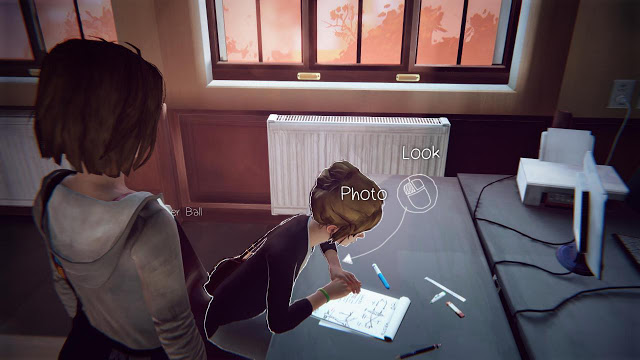
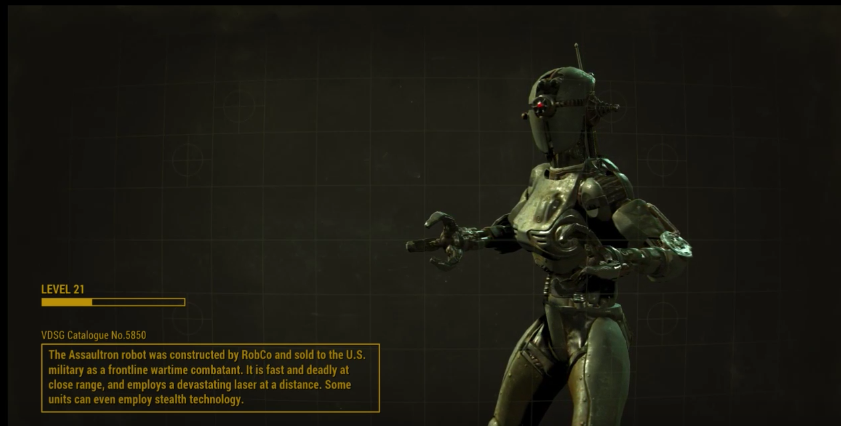

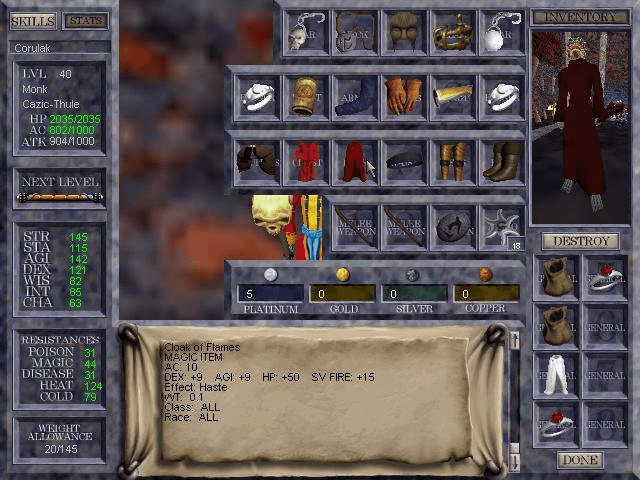
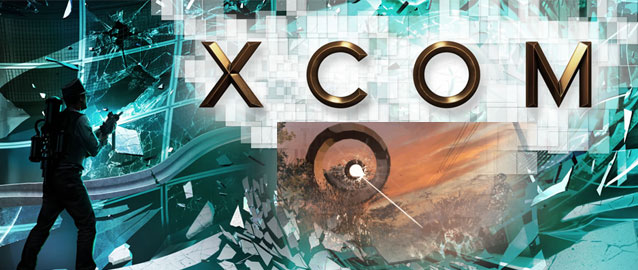 XCOM Sounds a Lot Like Fringe, And Thats Okay
XCOM Sounds a Lot Like Fringe, And Thats Okay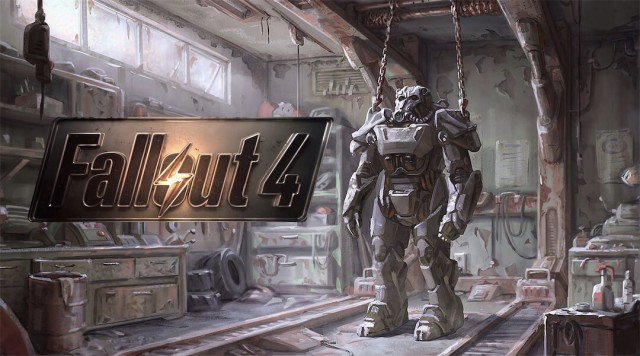 Fallout 4: 35 Locations Where You Will Get 60 Free Fusion Cores
Fallout 4: 35 Locations Where You Will Get 60 Free Fusion Cores The Witcher 3: Wild Hunt strategies
The Witcher 3: Wild Hunt strategies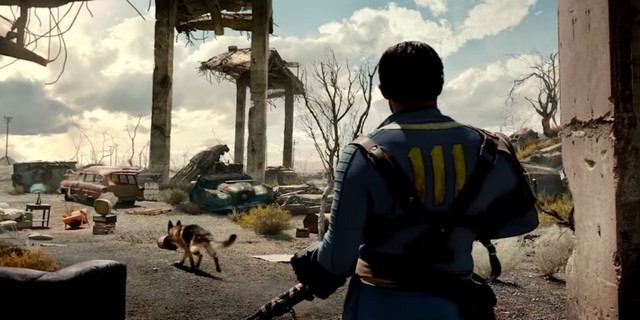 What Is The Best And Fastest Way To Defeat Ghouls In Fallout 4
What Is The Best And Fastest Way To Defeat Ghouls In Fallout 4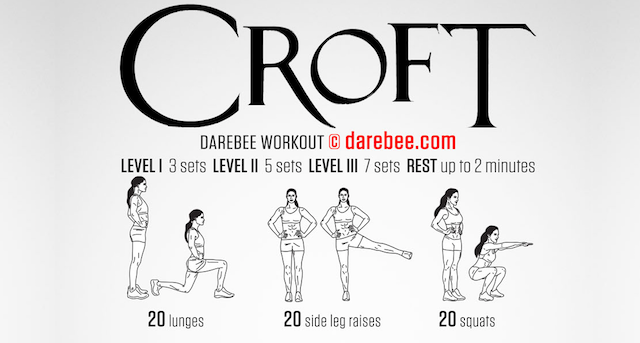 Make Your New Year Resolutions Work with 9+ Super Tools
Make Your New Year Resolutions Work with 9+ Super Tools